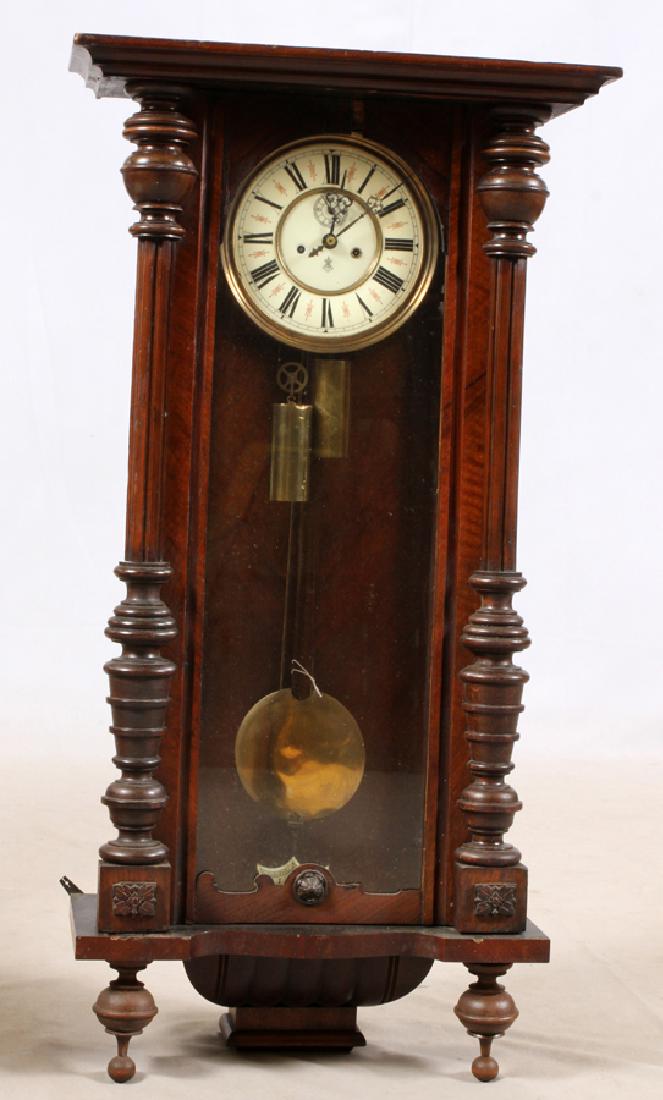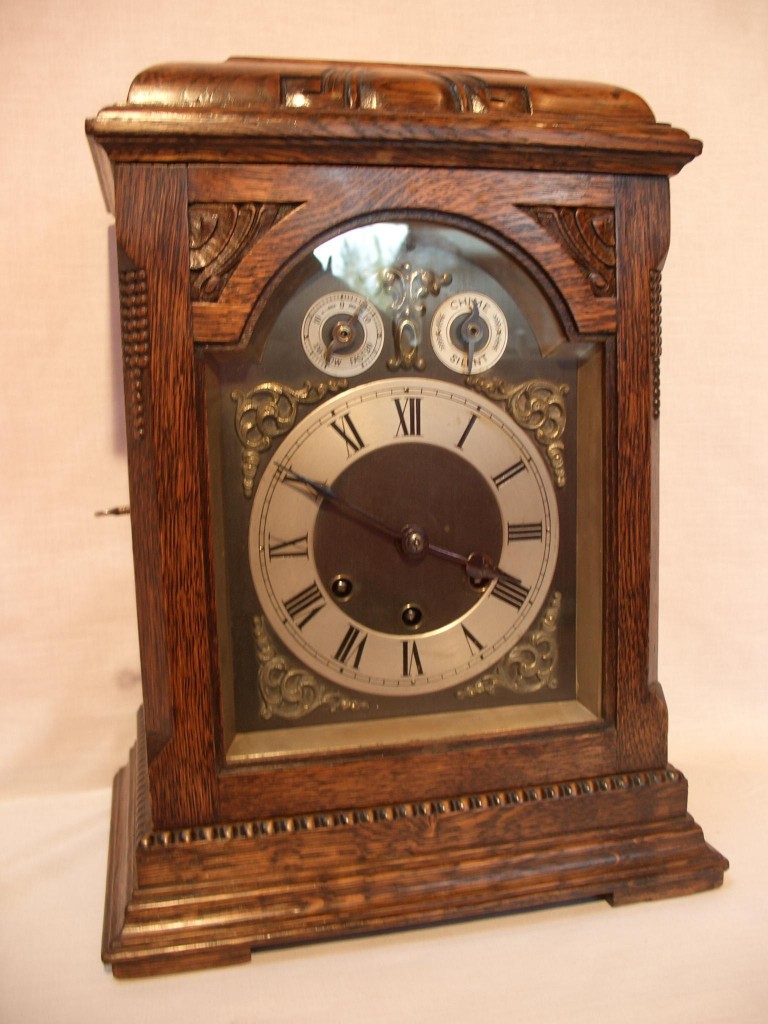

In 1930, it entered into agreements with several watch wholesalers. A.N.K.R.A.Īnkra was founded in 1925 in Leipzig, Saxony, as a combined buying company with several members, the Ankra Einkaufs- und Garantiering Deutscher Uhrmacher (Ankra Purchasing and Guarantee Ring of German Watchmakers). = corporation or share ownership, G.m.b.H. To help you, know that Uhr = clock, Fabrik = fabric or manufacture, Uhrenfabrik = clock manufacture, Gebrüder = brothers, Söhne = son, A. Generally, the original names are in German, the same for the location. If a first name or initial is present, it is placed in parenthesis to keep the company’s name intact. NOTE: The German clock company’s list is ordered alphabetically with the family name or the company’s trademark. The first alarm clocks were round in shape and had a bell on top. Other manufacturers copied it many times. The movement equipped Junghans alarm clocks for 50 years. 1880 – Arthur Junghans found a way to respond to the American invasion by developing an inexpensive and easy-to-repair alarm clock movement, the W10.
 Mid-19 th century – The German clock industry faced fierce competition from mass-produced American clocks at a lower cost than German clocks. He designed the pallet escapement and invented the Chronoscope. – Matthäus Hipp (1813-1893), a clockmaker, and inventor, born in Zurich, Switzerland, moved to Germany. A 16-page, highly technical manuscript that explains how it works accompanies the clock. He developed an astronomical clock exhibited in 1859 at the Deutsches Uhrenmuseum in Furtwangen. 1859 – Thaddaüs Rinderle (1748-1824), a Benedictine monk, mathematician, and clockmaker, taught at the University of Freiburg. The façade of these clocks was decorated with hand-painted drawings, often by the farmers’ wives who had turned into clockmakers. It also manufactured clocks with brass wheels between wooden plates. The Black Forest quickly became the center of German clockmaking, famous for its cuckoos, but not only. It is displayed at the German Watch Museum in Furtwangen in the Black Forest.
Mid-19 th century – The German clock industry faced fierce competition from mass-produced American clocks at a lower cost than German clocks. He designed the pallet escapement and invented the Chronoscope. – Matthäus Hipp (1813-1893), a clockmaker, and inventor, born in Zurich, Switzerland, moved to Germany. A 16-page, highly technical manuscript that explains how it works accompanies the clock. He developed an astronomical clock exhibited in 1859 at the Deutsches Uhrenmuseum in Furtwangen. 1859 – Thaddaüs Rinderle (1748-1824), a Benedictine monk, mathematician, and clockmaker, taught at the University of Freiburg. The façade of these clocks was decorated with hand-painted drawings, often by the farmers’ wives who had turned into clockmakers. It also manufactured clocks with brass wheels between wooden plates. The Black Forest quickly became the center of German clockmaking, famous for its cuckoos, but not only. It is displayed at the German Watch Museum in Furtwangen in the Black Forest. 
But the first cuckoo clock appeared between 17 (illustrated). Other attributes the first cuckoos to Michael Dilger and Matthaus Hummel in 1742. 1730 – Anton Ketterer (1676-1749), one of the founders of Black Forest clockmaking, is recognized by a historian as the cuckoo’s inventor.

Bodeker is known for a clock with a centrifugal pendulum. – Jost Von Wartbergh Bodeker is a German vicar born in Osnabrück at the end of the 16 th century and died beginning of the 17 th century.
1640 – Clock production began in the Black Forest. It was a furniture clock in the shape of a square tower with a power reserve of three months, which was exceptional at its construction, around 1631. 1631 – Johann Sayler (1597-1668) developed an astronomical clock on display at the Landesmuseum Wurttemberg. He built in 1577-78 an astronomical clock exibited at the Kunsthistorisches Museum, Vienna, Austria. 1505-1586) from Füssen, Baviera was a famous clockmaker. These boxes had Renaissance decorations and, later, around 1620, engravings. 1520 – The clock of that era had its spring inserted into square metal boxes: on one side, there was the dial with the only hour hand, and on the other, a lid that gave access to the spring winding and the adjustment of the time. 1485-1542 – Peter Henlein, a clockmaker and locksmith from Nuremberg, made tiny portable and wearable clocks and was sometimes considered the watch inventor. 3.02.1 – The highlights of German clockmaking








 0 kommentar(er)
0 kommentar(er)
